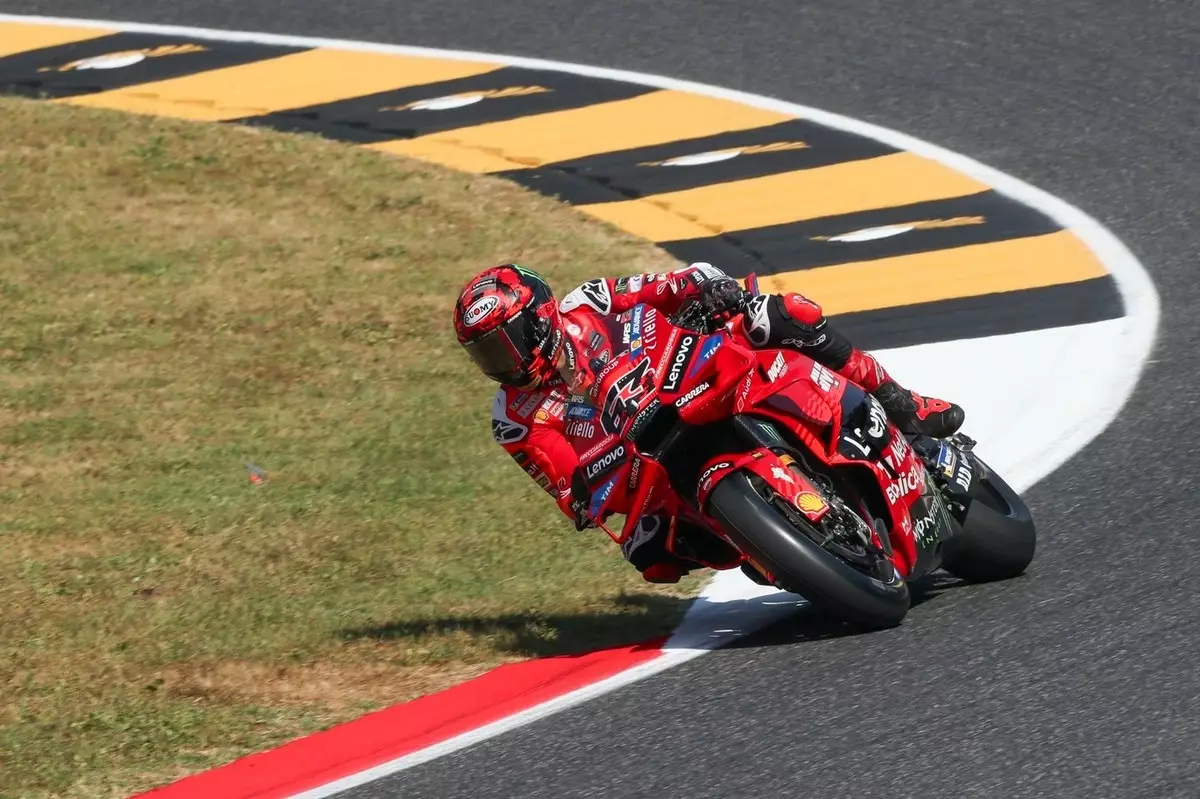The ongoing Italian Grand Prix at Mugello has sparked renewed interest in the realm of MotoGP, particularly surrounding the often-overlooked yet critical component: brakes. The recent shift by Francesco Bagnaia to a larger brake disc size during the Aragon race has ignited both excitement and skepticism among racing enthusiasts and engineers alike. While upgrading to a larger diameter brake disc, specifically from 340mm to 355mm, seems intuitively advantageous for performance, it is essential to dissect the trade-offs that accompany such modifications. The allure of enhanced braking capabilities must be weighed against the drawbacks that come into play—most notably, added weight and the challenges of temperature management.
The Influence of Track Characteristics
As Andrea Pellegrini from Brembo articulated, the dynamics of each race circuit dictate the demands placed upon a rider’s braking system. The contrasting nature of the Aragon layout and Mugello highlights how specific configurations can either enhance or hinder performance. Mugello, known for its flowing corners and less rigorous braking zones, presents a fundamentally different set of conditions compared to the high-energy braking points of Aragon. Perhaps it’s time to ponder whether the adoption of larger discs is more of a response to the demands of a particular track rather than a blanket enhancement applicable across the board. This presents a vital question for riders and engineers: Do the potential gains in braking power overshadow the concerns related to temperature control and increased weight?
Temperature Control and Handling Complexity
One of the most revealing aspects of Pellegrini’s insights is the emphasis on temperature management. In MotoGP, braking performance isn’t just about raw power; it heavily relies on the optimal functioning temperature of the brake components. Lower temperatures can lead to a significant drop in stopping performance, a challenge that becomes exacerbated with a larger disc that necessitates additional equipment, such as thermal covers, to maintain adequate heat levels. The handling of the bike is consequently affected, often leading to a more sluggish response and potential difficulty in navigating tight corners—a critical aspect of maintaining speed on the track.
Engineering Complexity: A Balancing Act
The interplay between braking innovation and engineering complexity cannot be overstated. Each adjustment, whether it’s a change in disc size or supporting components, introduces new variables into the intricate equation that engineers must solve. While the push for improved performance is relentless in the highly competitive sphere of MotoGP, it is crucial to acknowledge that every enhancement comes with its own set of implications. As teams strive for the perfect balance of speed, braking power, and maneuverability, the notion of a “one size fits all” solution becomes increasingly unrealistic. Thus, it raises an intriguing point: Should teams become more conservative with their modifications, ensuring that each change is meticulously tested against specific track requirements, rather than pursuing larger unproven technologies?
As the thrilling action of the Italian Grand Prix unfolds, it becomes apparent that the future of braking technology in MotoGP is a complex narrative of compromise, requiring astute engineering judgment and strategic foresight.


Leave a Reply